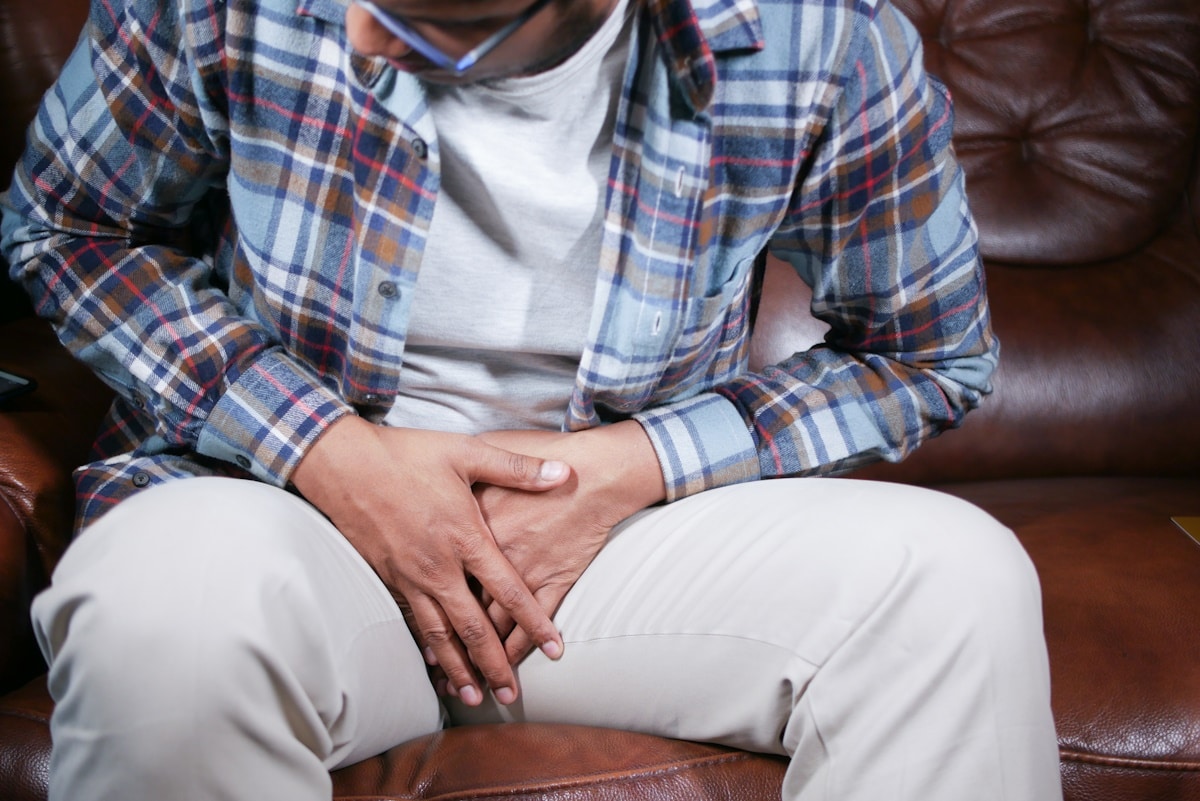As we age, our bodies undergo several changes that we expect, such as graying or loss of hair, loss of height, cataracts, and hearing loss. However, one of the bodily changes that we may not be aware of is the loss of bladder control or urinary incontinence. This common age-related condition affects up to 25 million Americans, causing embarrassment and debilitating effects that can impact their quality of life significantly.
What does loss of bladder control/urinary incontinence look like?
Urinary incontinence causes urine leakage during coughing, sneezing, laughing, or exercising. You may also experience a sudden and uncontrollable urge to urinate, which can make you rush to find a restroom. Sometimes, people with urinary incontinence may not even be aware that they have it.
Did you know that carrying extra body weight adds a lot of excess pressure on top of your pelvic floor muscles? This can make it challenging to prevent urine leaks, which can be uncomfortable and embarrassing. It’s essential to be aware of how your weight could affect your body and take steps to stay healthy and prevent these issues.
What are the causes of increased urinary incontinence associated with aging?
As the body ages, physical changes occur, leading to a slowing down and decreased recovery. This can lead to bladder changes that result in urine leakage.
There are five categories urinary incontinence can be divided into. These five categories include the following:
Types of urinary incontinence
Stress incontinence
This common cause manifests itself as when a person experiences sudden, involuntary loss of urine, it is usually caused by an increase in intraabdominal pressure and weakening of muscles that support the urethra. This could also happen if the bladder drops, putting excess pressure on the urethra. Some physical activities, like sneezing, straining, coughing, laughing, and exercising, can also lead to involuntary urination.
Urge incontinence
Urge incontinence is defined as when you may experience a sudden and intense urge to urinate, which can result in involuntary urine loss.In addition, individuals with this condition often experience urinary frequency and nocturia. This condition is primarily caused by having an overactive bladder, which leads to more frequent squeezing of the bladder muscles than usual.
Overflow incontinence
Individuals with this type of incontinence may have an urge to urinate but can only release a small amount. Causes may be diabetes, diuretic medications, bladder outlet obstruction, urethral blockage, nerve damage, or weak bladder muscles.
Functional incontinence
This type is usually when a person cannot get up and walk to urinate or something is blocking their way to the restroom. Therefore, it results in involuntary urination. Other causes of functional incontinence are having weak bladder muscles, weak pelvic floor muscles, nerve damage, or the inability to control the bladder due to multiple sclerosis, diabetes, or Parkinson’s disease.
Another cause of functional incontinence may occur in men who have an enlarged prostate.
Mixed incontinence
This is having multiple types or forms of incontinence that have the same symptoms as mentioned above. The causes of mixed incontinence stem from the same issues associated with stress incontinence and urge incontinence. Other common causes may include any injury or any surgery done on the prostate, rectum, or vagina.
Treatments for urinary incontinence
The treatment for bladder control loss is many and needs to be determined by a urologist for each individual. Treatments may include medications, pelvic floor exercises, medical devices, surgery, and practicing timed voiding and urgency suppression. Depending on your specific type of incontinence, will determine which treatment plan is best to improve or eliminate the problem.
Dr. David Samadi is the Director of Men’s Health and Urologic Oncology at St. Francis Hospital in Long Island. He’s a renowned and highly successful board certified Urologic Oncologist Expert and Robotic Surgeon in New York City, regarded as one of the leading prostate surgeons in the U.S., with a vast expertise in prostate cancer treatment and Robotic-Assisted Laparoscopic Prostatectomy. Dr. Samadi is a medical contributor to NewsMax TV and is also the author of The Ultimate MANual, Dr. Samadi’s Guide to Men’s Health and Wellness, available online both on Amazon and Barnes & Noble. Visit Dr. Samadi’s websites at robotic oncology and prostate cancer 911.


